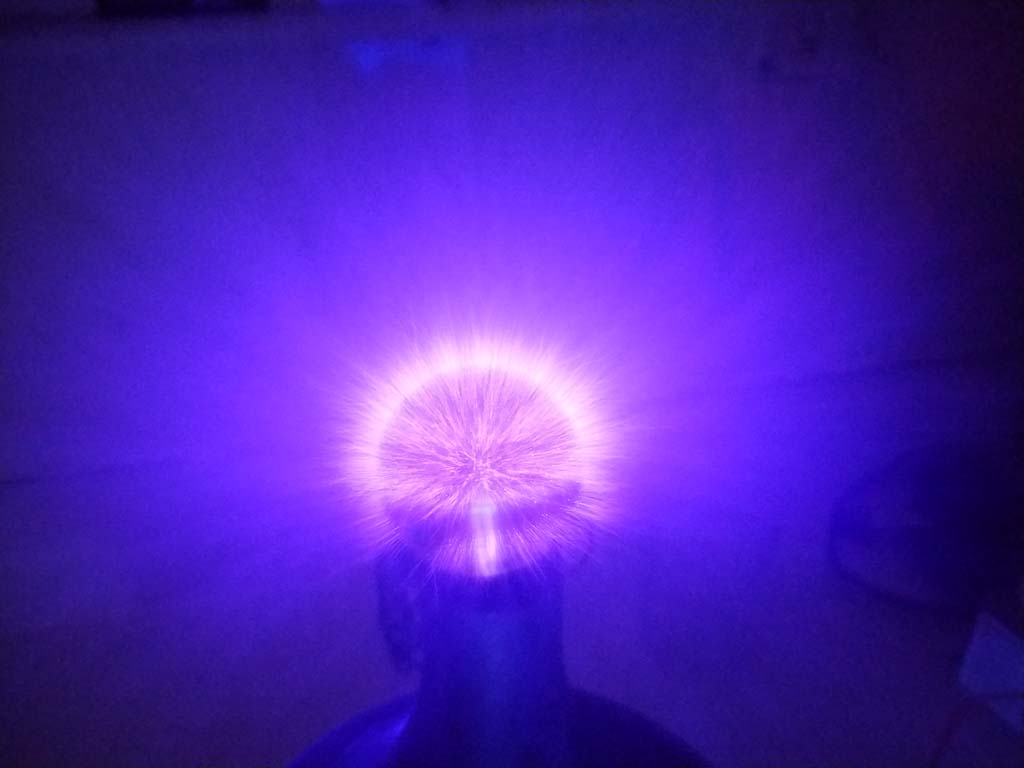
Figure 1: Initial appearance of streamer formation from high frequency coil of unique construction.
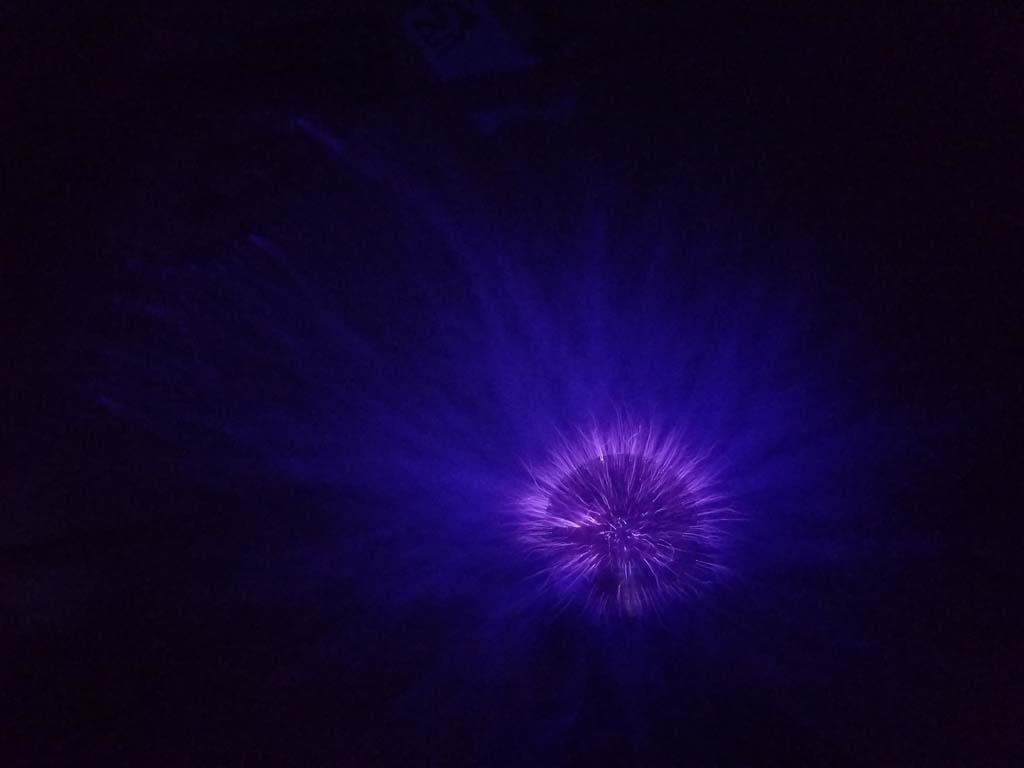
Figure 2: Refinement of streams when current is lowered and the tuning process of streamers begins

Figure 3. Appearance of the precursor positive leaders of lightning and spark discharges after some minutes of tuning
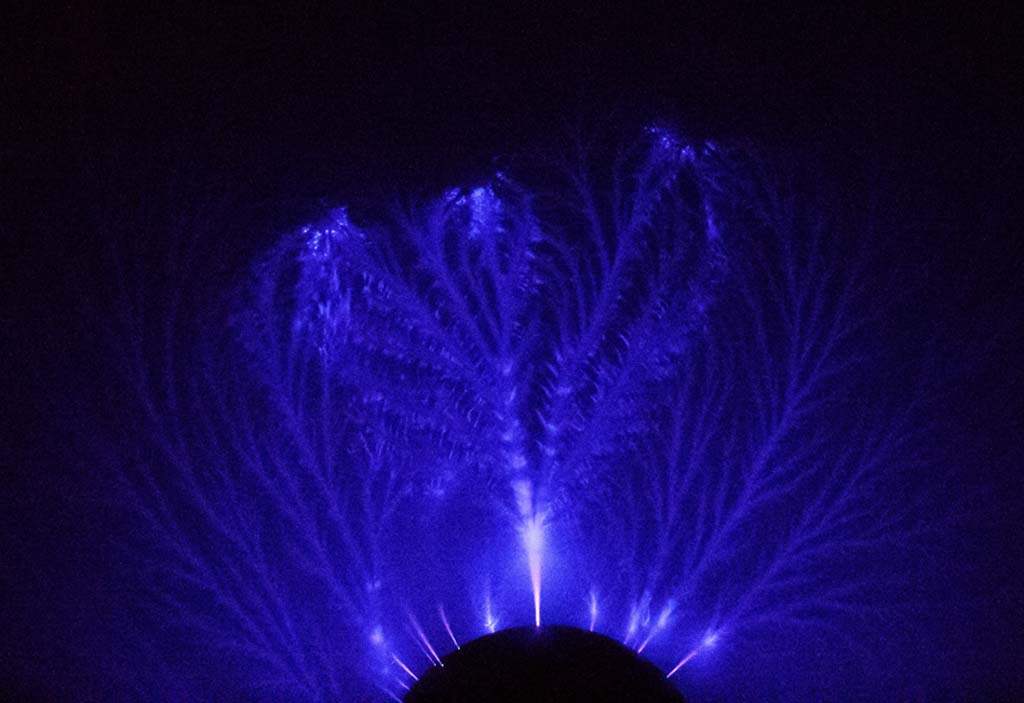
Figure 4: Appearance of the same streams when adjustments in voltage a few millionths of an inch are made.
The fractal discharges reach a full 1/2" in thickness and dart out from the terminal a full 12-15" in all directions with a total power consumption of less than 35 watts.

Figure 5: Induced positive streamers from fingertips approaching coil

Figure 6: Induced Negative Streamers
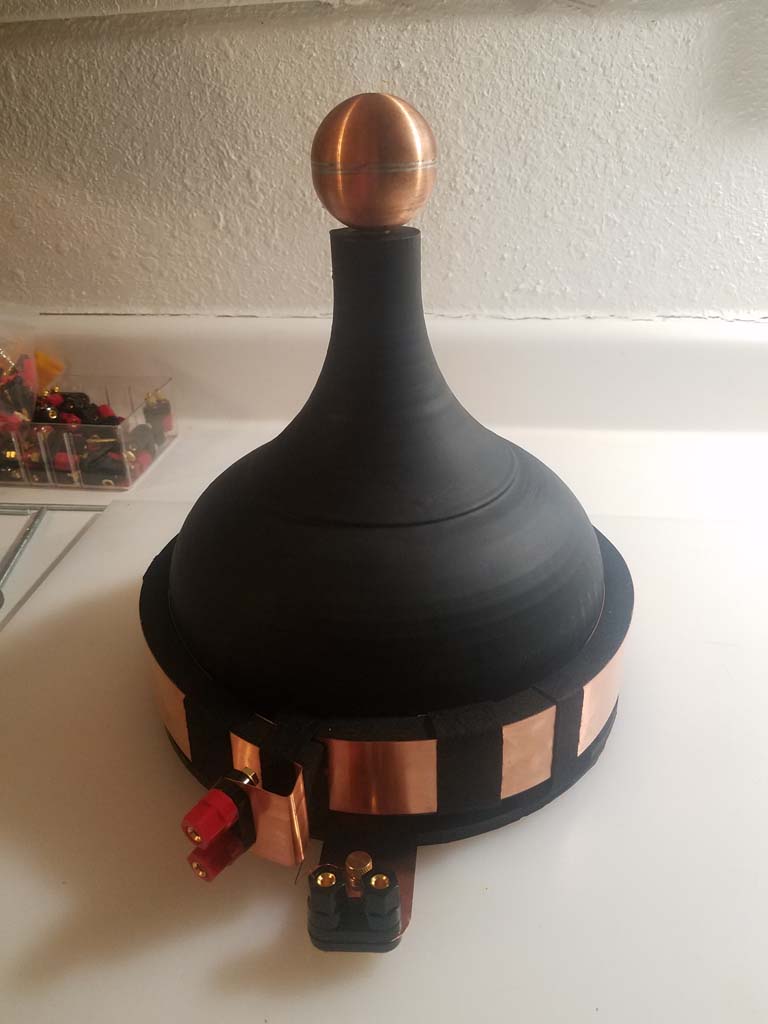
Figure 7: The high frequency coil of unique geometry used in the above photographs.
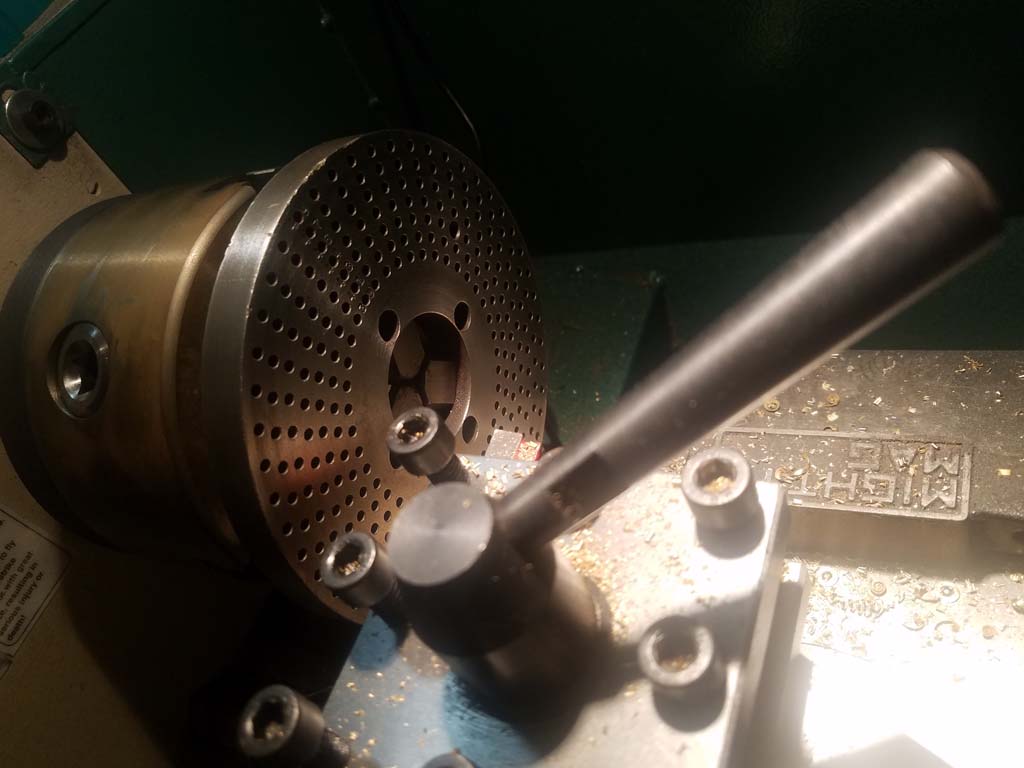
Figure 8: Photo turning dividing head plate in the lathe for the adjustment of one of the critical components used in the apparatus.
Voltage in the apparatus is adjusted mechanically with pure tungsten contacts able to be moved closer or farther apart by millionths of an inch.
The adjustment is made using machine screws with 100 threads per inch moveable clockwise or counterclockwise by use of dividing heads with 100 and 99 holes respectively along the perimeter.
By adjusting one screw clockwise and the other screw counter-clockwise, the total distance of the faces of the contacts where the voltage passes through to the primary winding of the coil is ((1/100/99)-(1/100/100)) inches, 1.010101(...) millionths of an inch. This voltage equates to fractions of a volt on an open circuit voltage of 3,500 - 5,000 volts. Other critical components of the circuit include an adjustable pulse capacitor (with no moving parts) and a total capacity of over 500 values adjustable in nanofarads.

Figure 9: Construction photos of the adjustable capacitor, made of glass, brass, and 6061-T6 grade aluminum.

Figure 10: Each section of the capacitor is impregnated in a special resin cured with UV radiation.
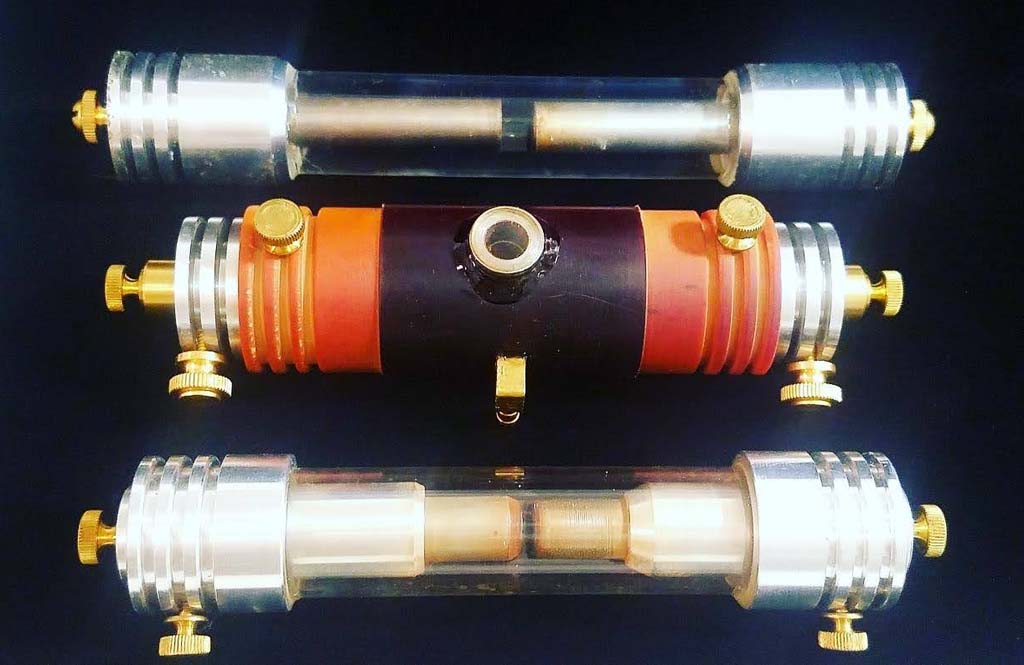
Figure 11: New design of UV lamps for a recently filed patent
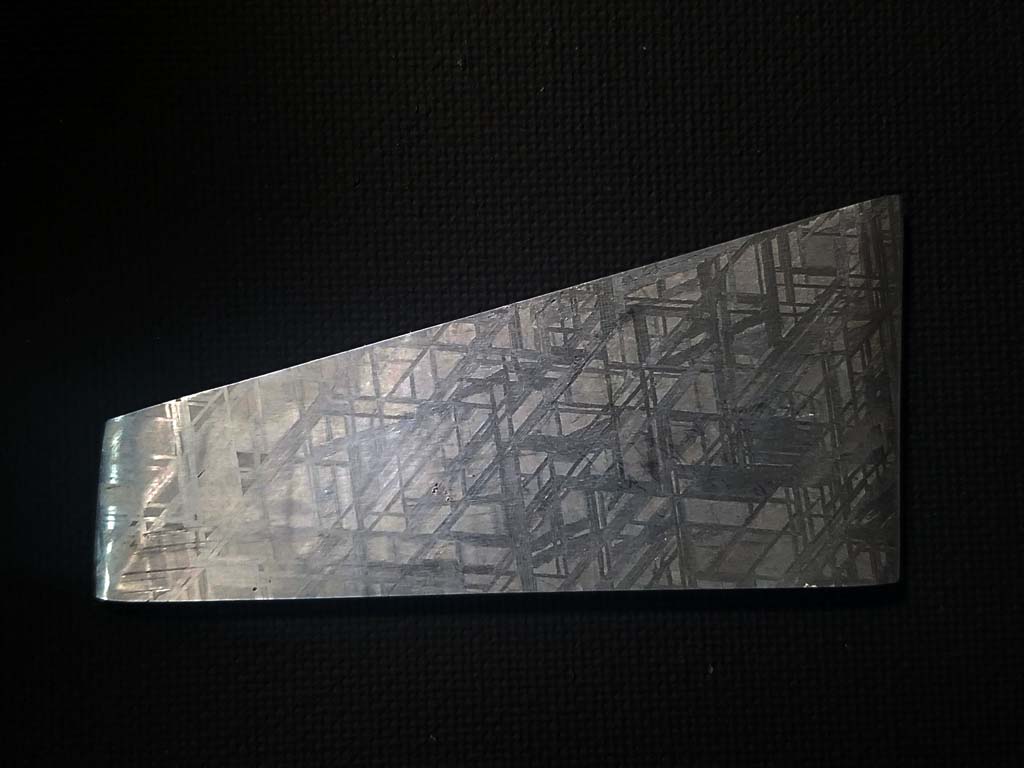
Figure 12: Meteorite slice of Muonionalusta, 2.5653 billion years old.
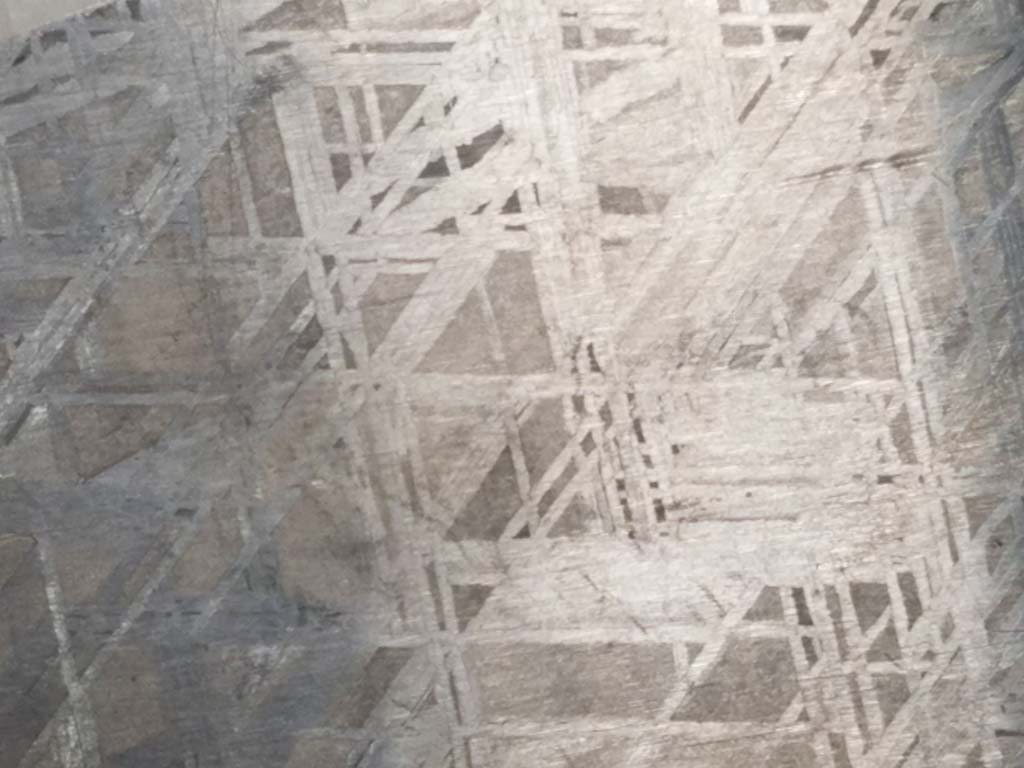
Figure 13: Widmanstätten patterns found in the Muonionalusta meteorite slice

Figure 14: Some of the dozens of element samples used in the creation of over 200 metal alloys for recent research in UV spectroscopy.
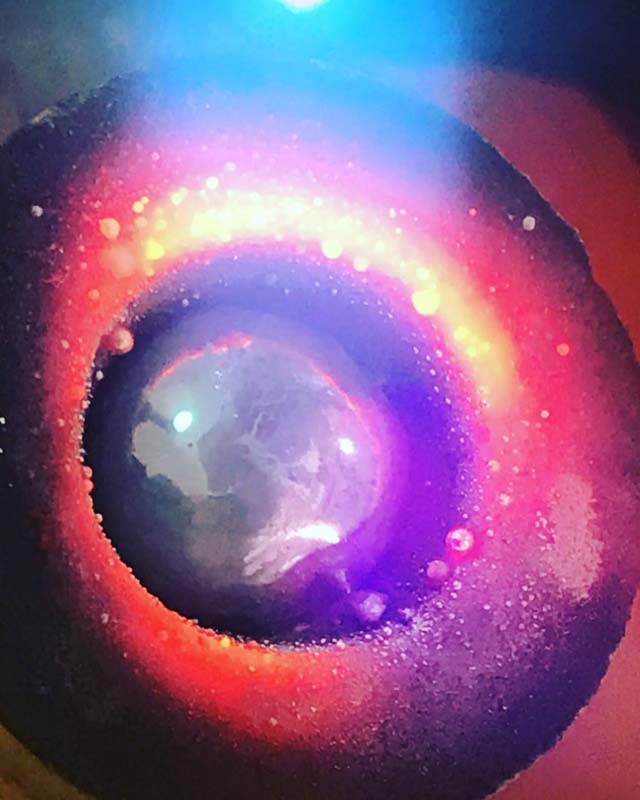
Figure 15: The process of heating and melting metals to form various diverse alloys.
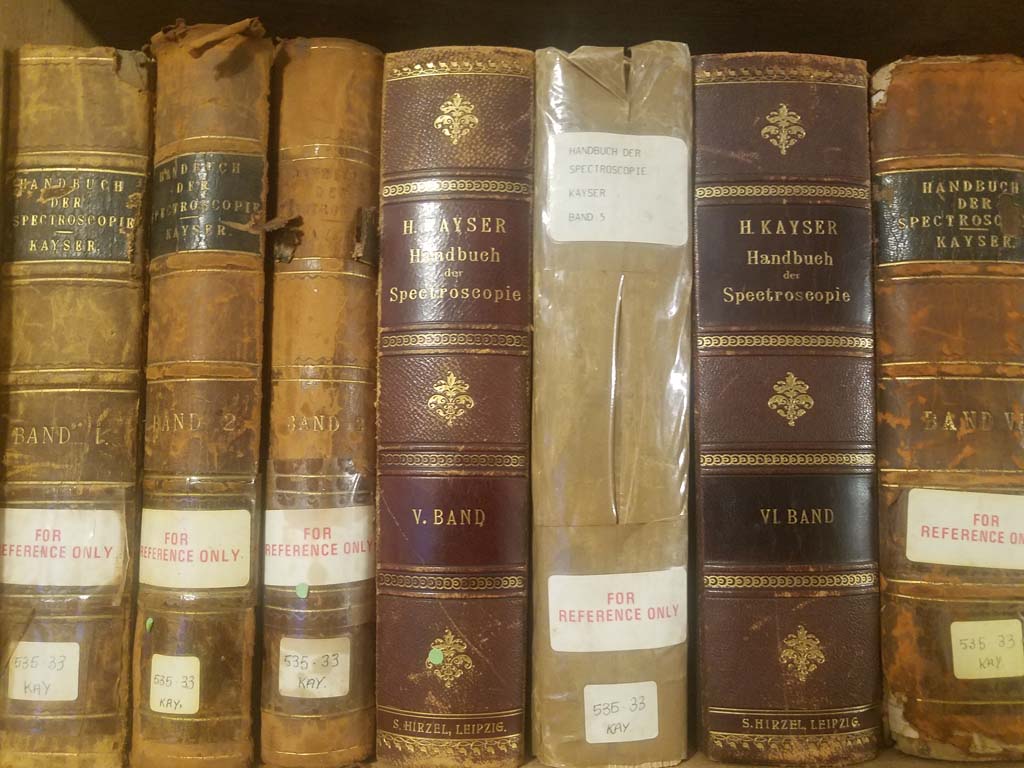

Figures 16-17: Rare books acquired to continue UV research of pioneers. This year I purchased 75 antique books and articles for the equivalent cost of one month's salary at my day job.
Some of these books, including handwritten notes by Watts, were from British astronomer Alfred Fowler's personal library. I am finishing up the first English translation of the spectroscopy books of pioneers Exner and Haschek from the original German texts.
Figures 18-19: Section of an induction coil disassembled by X-Ray pioneer Thomas Burton Kinraide in the process of inventing a high frequency coil concurrent with those developed by Nikola Tesla.
Figure 20: Fragments of the earliest high frequency coil patented by Thomas Burton Kinraide. Witnessed by Dr. Frederick Finch Strong in 1896, this coil could produce X-Rays of the entire human trunk at a time when most experimenters struggled to clearly see the bones of softer tissues like the hands or feet.
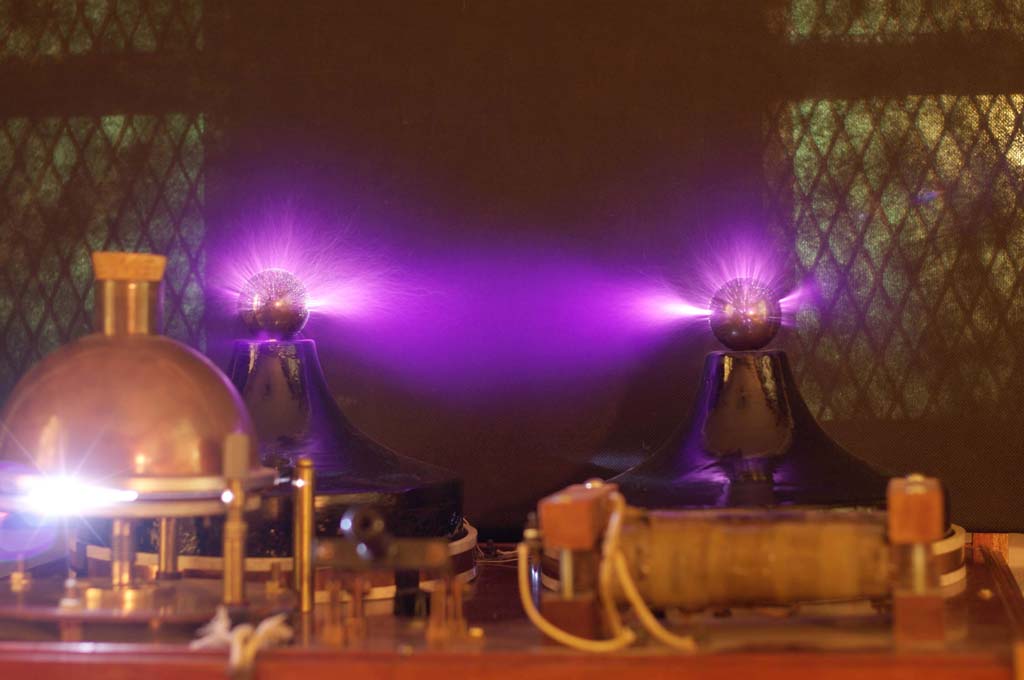
Figures 21-22: Replica Kinraide Coil built by Jeff Behary on low power; a section demonstrating the partial winding technique of the coils used in Kinraide's apparatus. Note the wire is triple silk-covered. (Custom made)
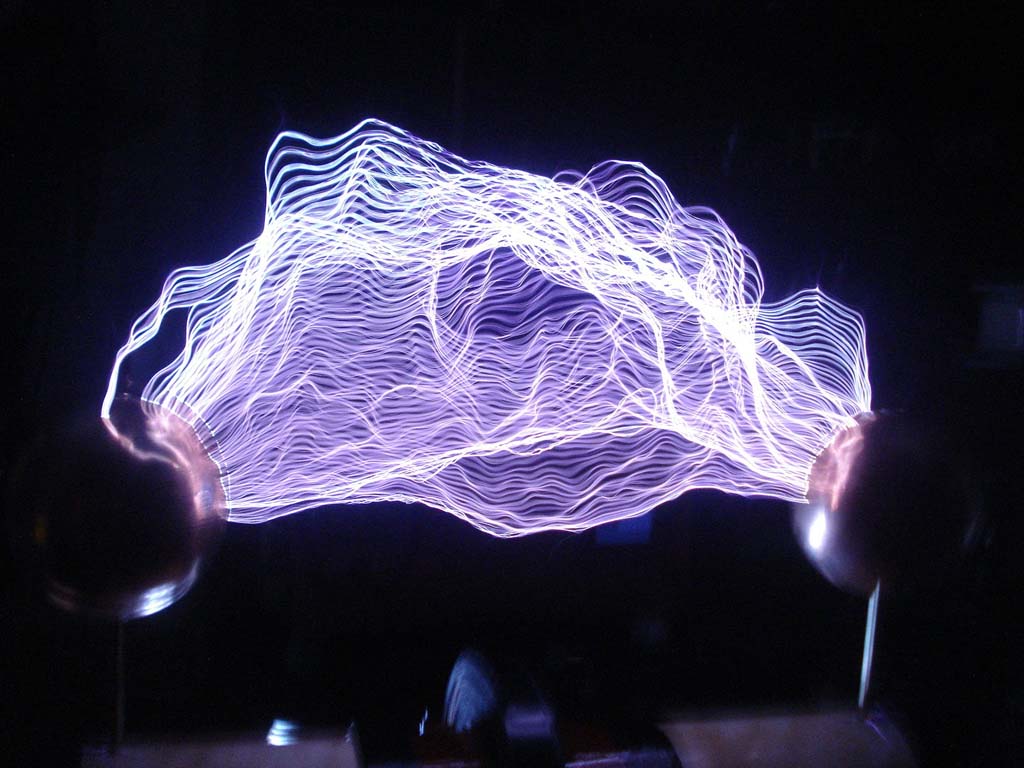
Figure 23: Electrical discharges from my replica of Kinraide's original design of high frequency coil.
Figure 24: Modern Tesla Coil I engineered for theatric events. At only 12" tall it produces over 24" discharges.
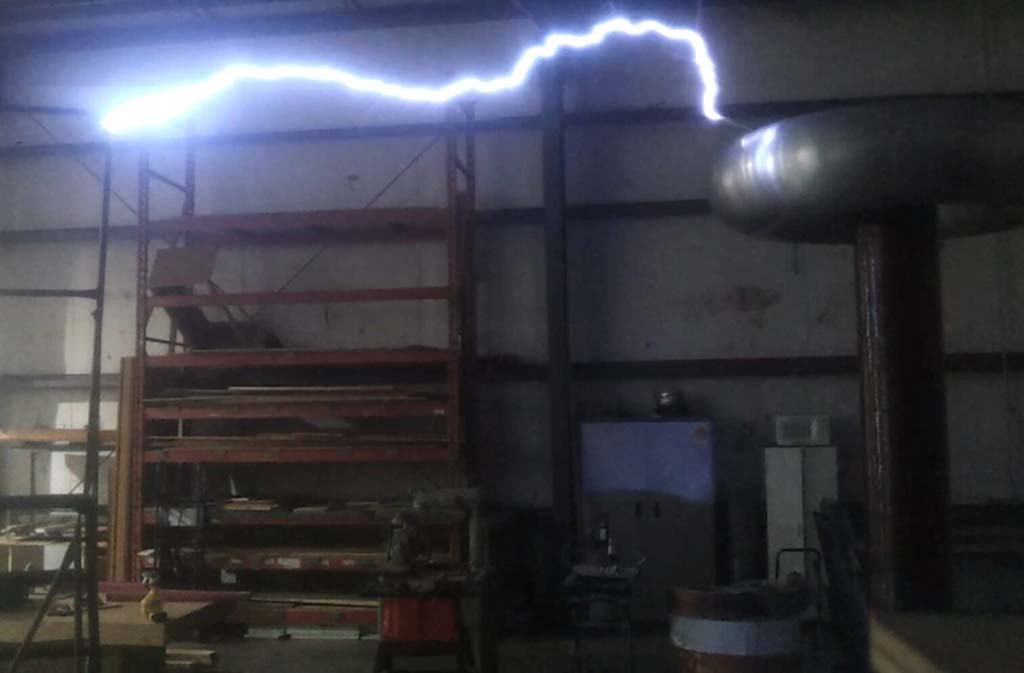
Figure 25: 11 foot tall Tesla Coil built for lead OSHA instructor John Grzywacz for his future Tesla museum in Las Vegas.
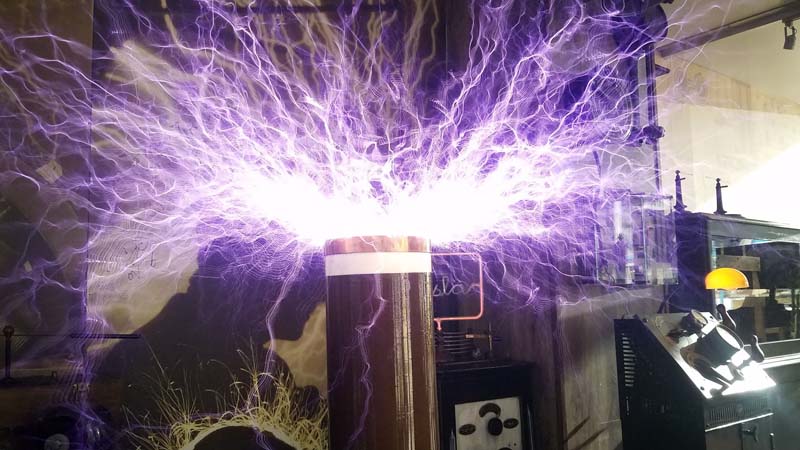
Figure 26: Section of my museum with coil in operation
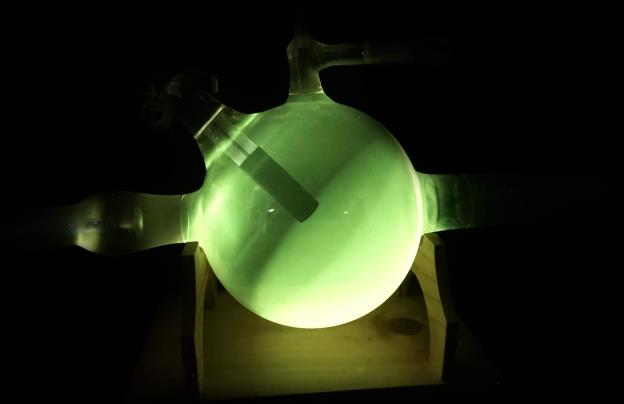
Figure 27: X-Ray tube in operation from 1905

Figure 28: Live fluoroscopic view of my right hand with beer-opening ring
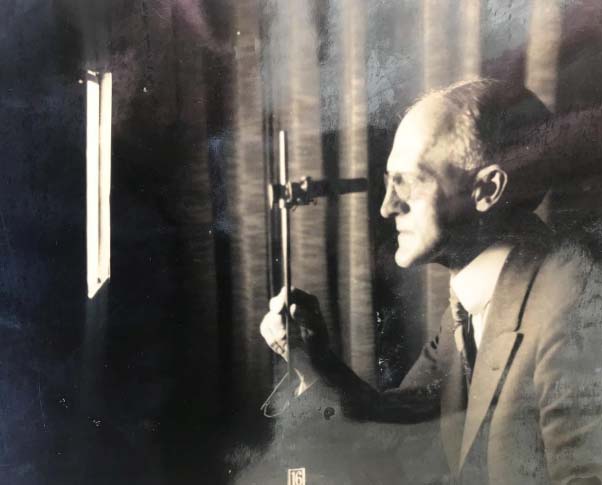
Figure 29: Dr. Frederick Finch Strong
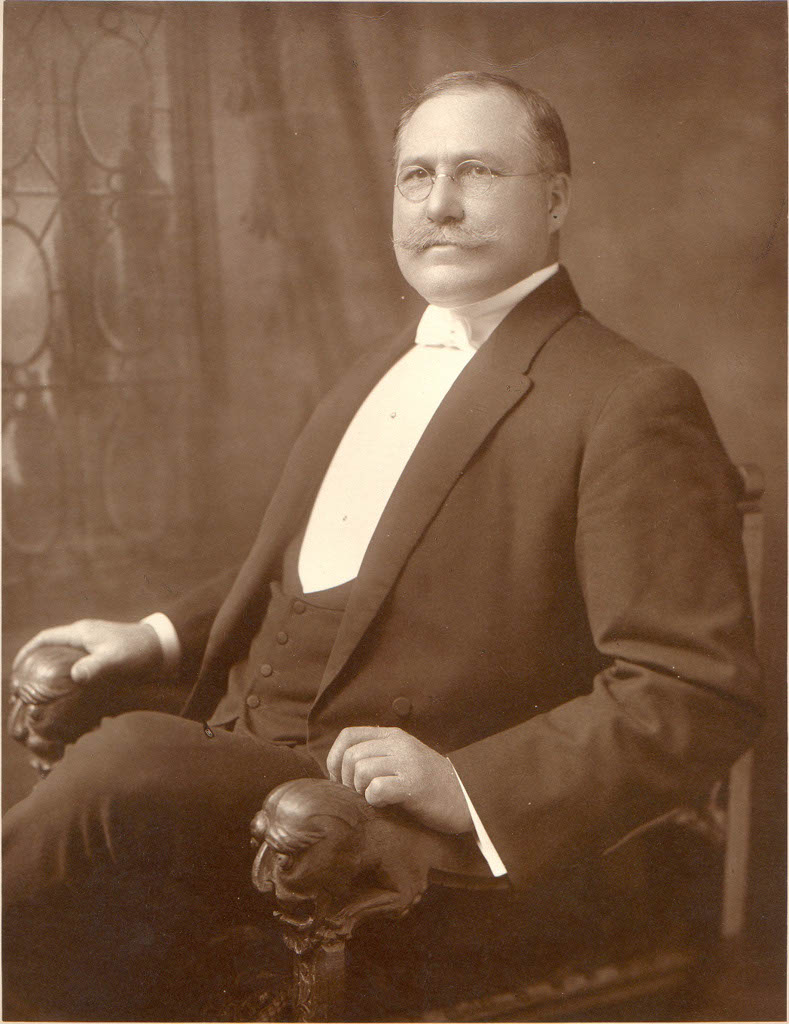
Figure 30: Thomas Burton Kinraide
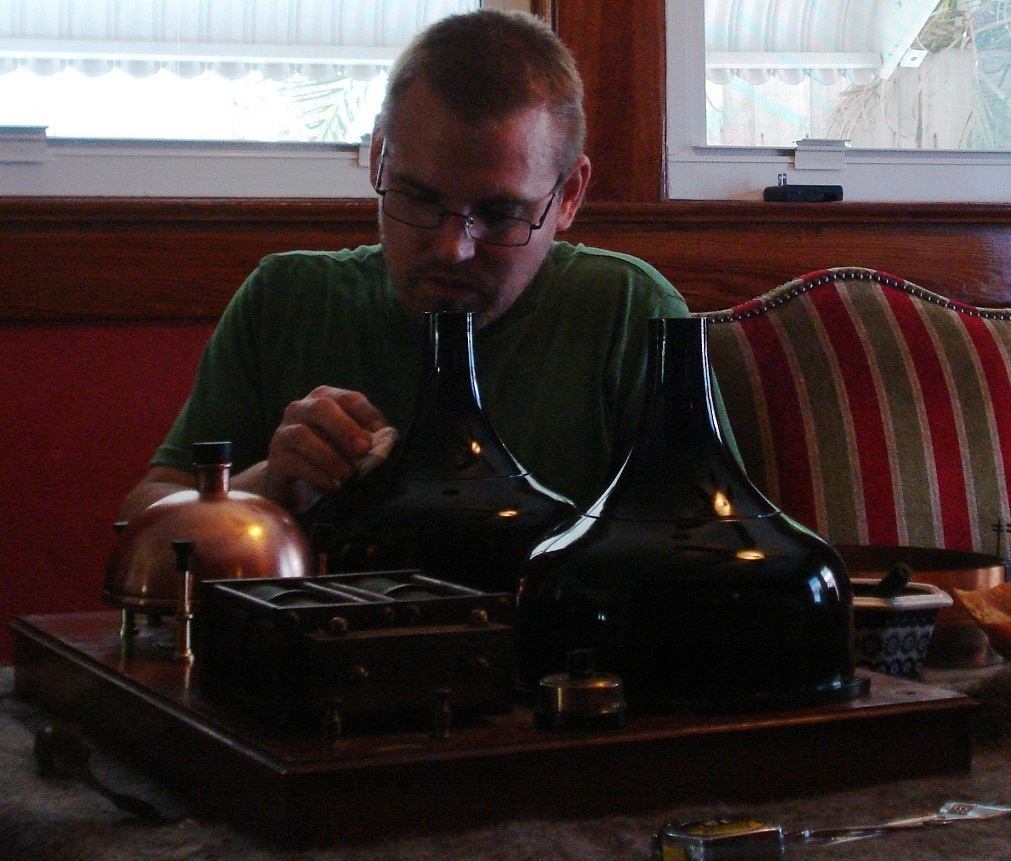
Figure 31: Restoring original Kinraide Coil for the Kinraide family
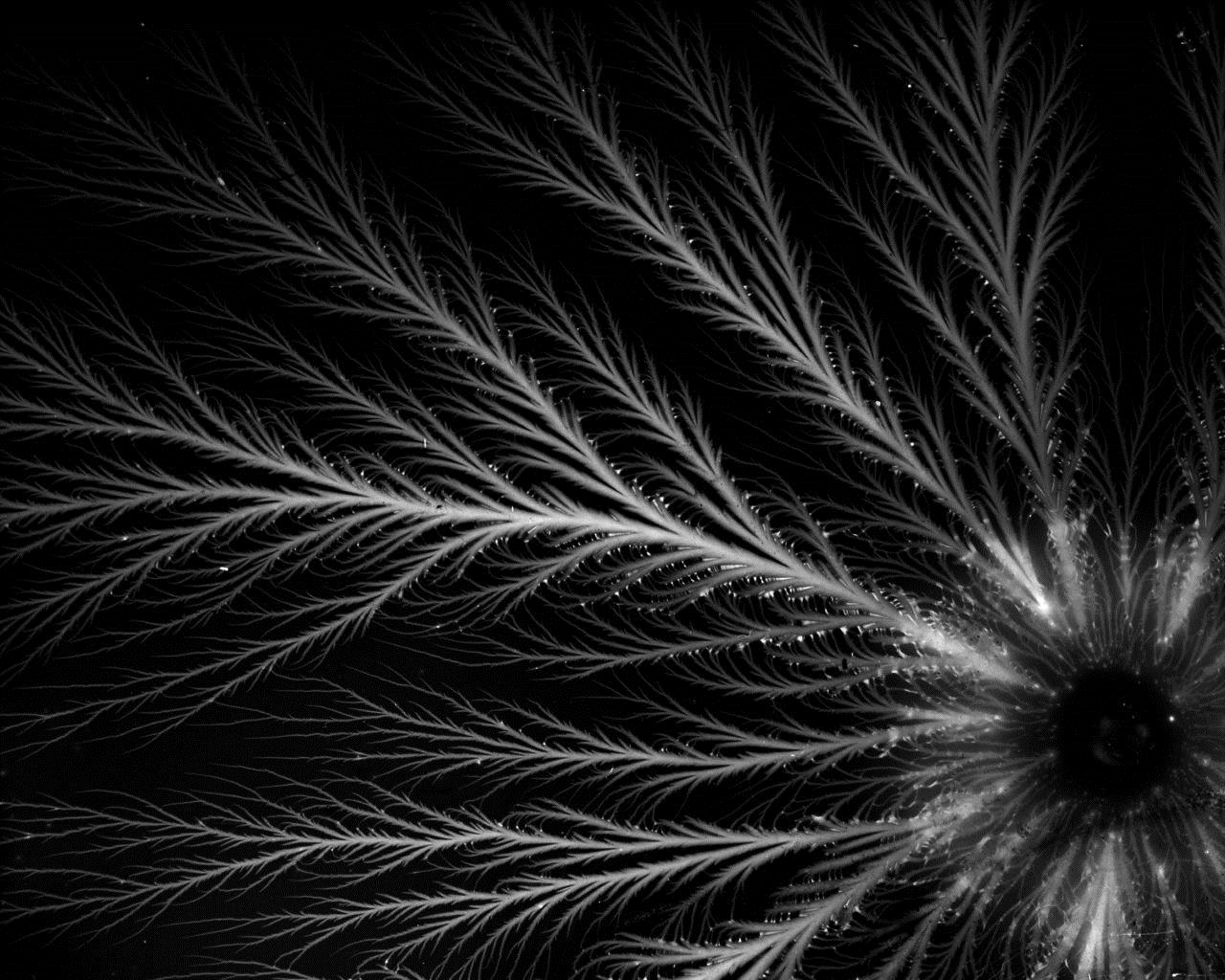
Figure 32: Original glass plate negative, one of several hundred that I found beneath Kinraide's home in the mid-2000s - and the inspiration for much of the origins of my research.
Figures 33-36: Kinraide's home and hidden laboratories beneath his house
Figure 37: Induced lightning-like discharges from positively charged spark leaders.
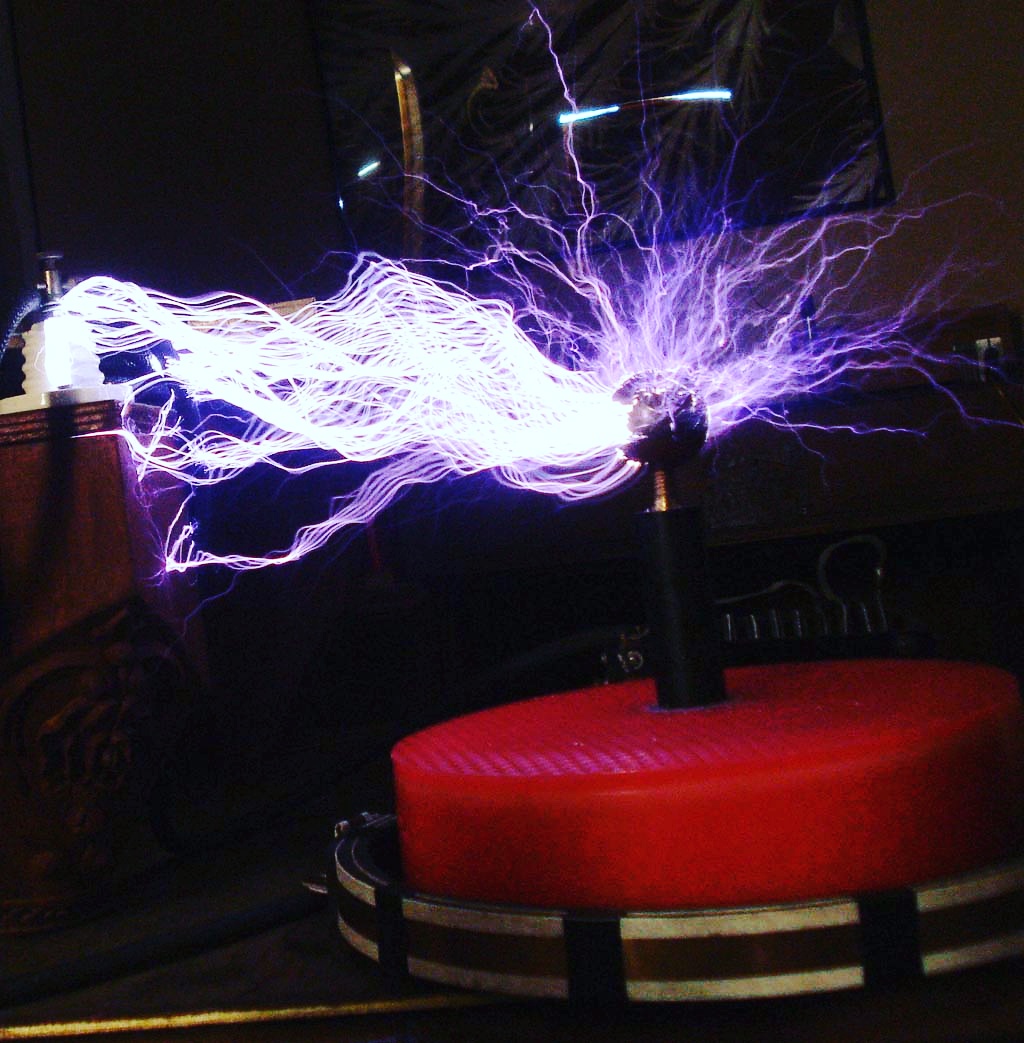
Figure 38: One of over 300 special geometry high frequency coils that I built in the mid-2000s.
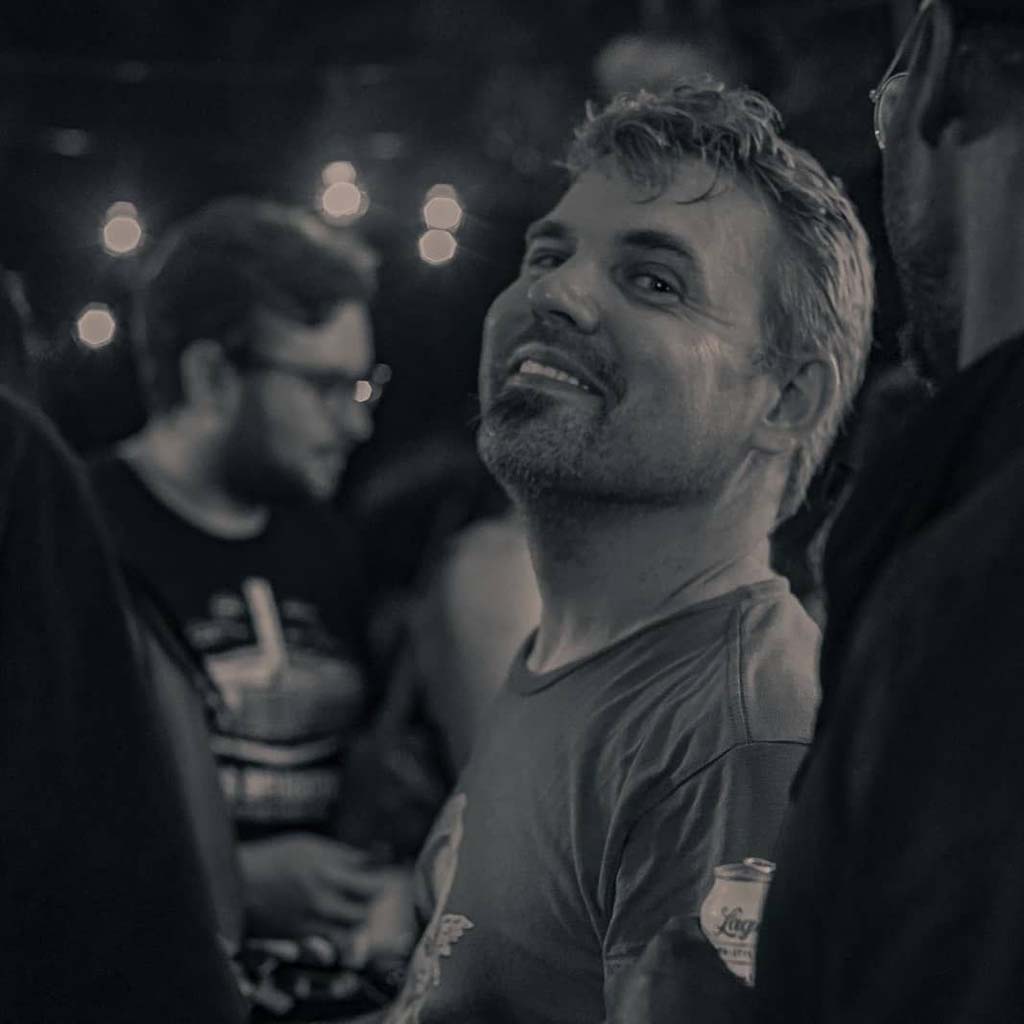
Figure 39: The author on his 44th birthday.